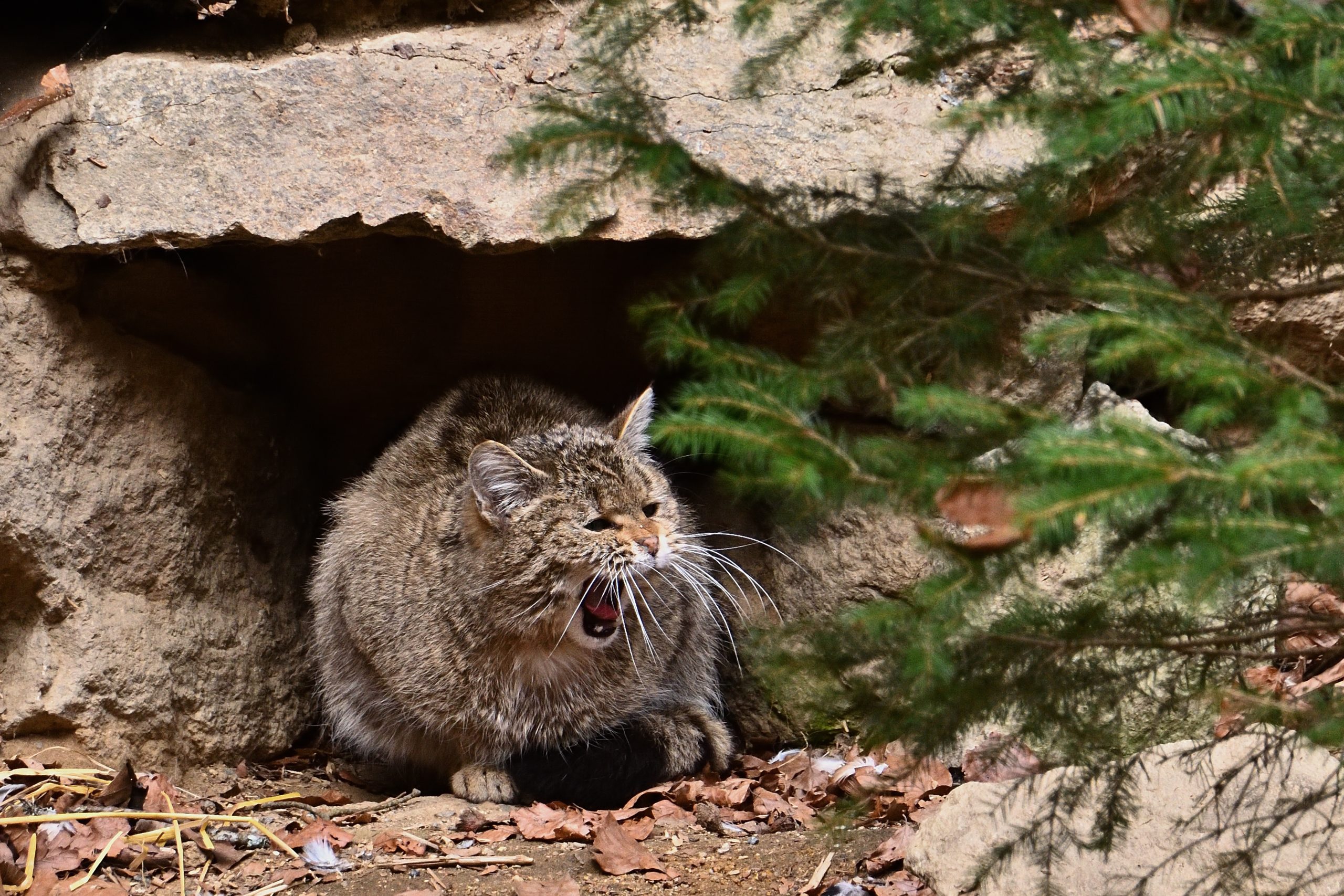A recent report published by CSIRO, Australia’s national science agency, explores the Australian public’s attitudes and perceptions towards the use of gene drive technology for the management of invasive species, by using the example of feral cats. Invasive species, such as feral cats, have a devastating impact on Australia’s biodiversity, natural landscapes, and agricultural industries. Every year, feral cats alone kill an estimated 1.8 billion Australian animals. On top of the devastating environmental toll, current control methods have proven to be quite costly and difficult to apply at scale. To address this challenge, and protect Australia’s native biodiversity, new approaches, such as the use of gene drive technologies, are being investigated.

The research is centered around a survey, conducted with two samples of Australian residents to reflect a diverse range of perspectives. The first sample included residents living in parts of South Australia, where feral cats are a known invasive species, while the second included participants from the broader Australian public. Throughout the survey, participants were exposed to an animation explaining how gene drive for invasive animal control could work in Australia and were asked to imagine a scenario where feral cats posed a threat in their local area and needed urgent management.
The study, which surveyed more than 3,800 people across Australia, found that 86% of people were at least moderately supportive of the local implementation of gene drive technology to control feral cats. Moreover, 80% of respondents agreed or strongly agreed that gene drive approaches would be better than current cat control methods, such as trapping, shooting, and baiting. In terms of attitudes towards the technology, most participants believed it was more beneficial than harmful, but were less certain about whether the technology would be safe or risky.
While feral cats have only been in Australia for around 200 years, they have already negatively altered the continent’s ecosystem. These highly efficient predators cover over 90% of the Australian continent and have contributed to the extinction of at least 21 mammals, two reptiles and 40 bird species worldwide.
Although gene drive research is still in its early stages, and its potential use on vertebrates some way off in most cases, the findings of this study shed light on the level of potential public support for using novel genetic approaches to address the challenges posed by invasive species in Australia.
Recent posts
